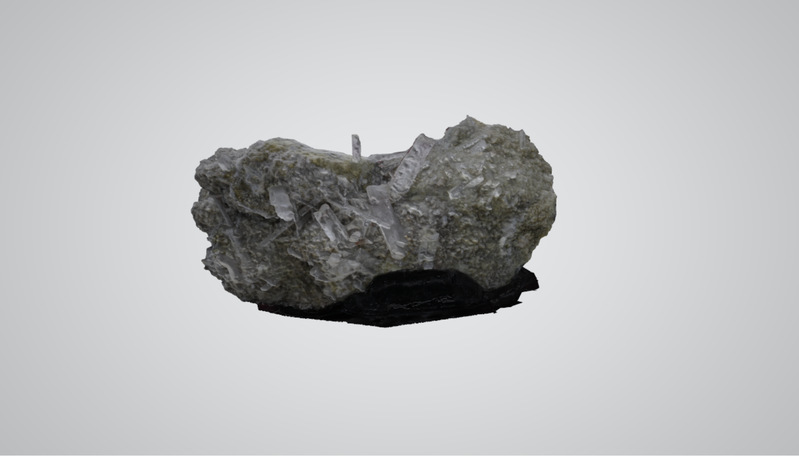

透石膏晶体(Selenite)
产地:贵州晴隆
特征:
透石膏属于含氧盐类,无色。条痕为白色。有玻璃样光泽,解理面有珍珠光泽,透明。硬度为1.5-2。比重为2.3。解理薄片有挠性,性脆,遇酸不起泡。结构中[SO4]由钙离子联结成平行(010)的双层,双层间以水分子联结,石膏的完全解理及沿此方向产生。每个钙离子被六个氧离子和两个水分子围绕。每个水分子联结着一双层中的一个钙离子和一个氧离子,同时又联结着另一个双层中的一个氧离子。
石膏矿以沉积型矿床为主,储量占全国90%以上,后生型及热液交代型石膏矿不很重要。石膏矿在各地质时代均有产出,以早白垩纪和第三纪沉积型石膏矿为最重要。
主要为化学沉积作用的产物,常形成巨大的矿层或透镜体,赋存于石灰岩、红色页岩和砂岩、泥灰岩及粘土岩系中,常与硬石膏、石盐等共生。硬石膏层在近地表部位,由于外部压力的减小,受地表水作用而转变为石膏:CaSO4+2H2O——CaSO4·2H2O;同时体积增大约30%,引起石膏层的破坏。低硬度,一组极完全解理,以及各种特征之形态可以鉴别。致密块状的石膏,以其低硬度和遇酸不起泡可与碳酸盐区别。
Selenite
Provenance: Qinglong, Guizhou, China
Characteristics:
Selenite, satin spar, desert rose, and gypsum flower are four varieties of the mineral gypsum; all four varieties show obvious crystalline structure. The four crystalline varieties of gypsum are sometimes grouped together and called selenite.
All varieties of gypsum, including selenite and alabaster, are composed of calcium sulfate dihydrate (meaning that it has two molecules of water), with the chemical formula CaSO4·2H2O. Selenite contains no significant selenium; the similarity of names comes from both substances being named from the Ancient Greek word for the Moon.
The etymology of selenite is through Middle English selinete, from Latin selenites, from Greek selēnitēs (lithos), literally, moonstone or stone of the moon, from selēnē (Moon). The ancients had a belief that certain transparent crystals waxed and waned with the moon. From the 15th century, selenite has referred specifically to the variety of gypsum that occurs in transparent crystals or crystalline masses.